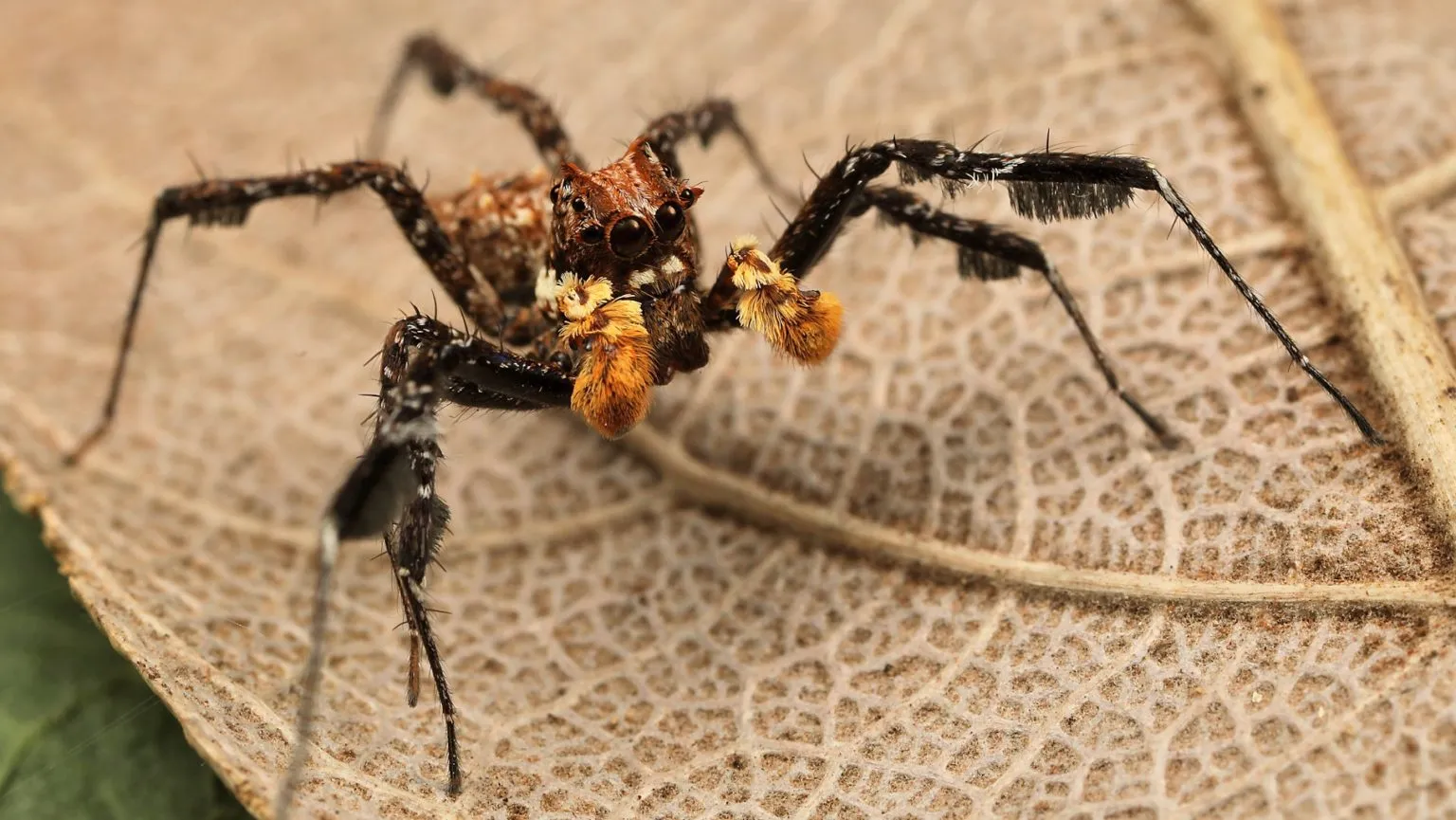What Are Tarantula Spiders?
Tarantulas are large, hairy spiders belonging to the Theraphosidae family. These fascinating creatures are known for their impressive size, often spanning several inches, and their intimidating appearance. Despite their fearsome reputation, most tarantulas are relatively harmless to humans, with their bites comparable to a bee sting. These spiders are found in various habitats across the globe, showcasing remarkable adaptability and diversity. They primarily feed on insects, but larger species may also prey on small vertebrates such as lizards, frogs, and even small birds. Tarantulas are also known for their long lifespans, with some females living for over 20 years, making them captivating subjects for both scientific study and the interest of arachnid enthusiasts.
Tarantula Spiders in South Africa [Top 7]
South Africa is home to a variety of tarantula species, each with unique characteristics and behaviors. These spiders play a crucial role in the local ecosystems, helping to control insect populations and serving as prey for other animals. Discovering the local species, their habitats, and behaviors is essential to understanding their contribution to the natural world. South Africa’s tarantulas are a testament to the country’s incredible biodiversity, offering a fascinating glimpse into the world of arachnids. This article will explore some of the most remarkable tarantula species found in South Africa, providing insights into their lives and their importance to the region’s ecology. There are several different species of tarantulas in South Africa, with each species varying in size, appearance, and behavior.
Baboon Spiders (Harpactira spp.)
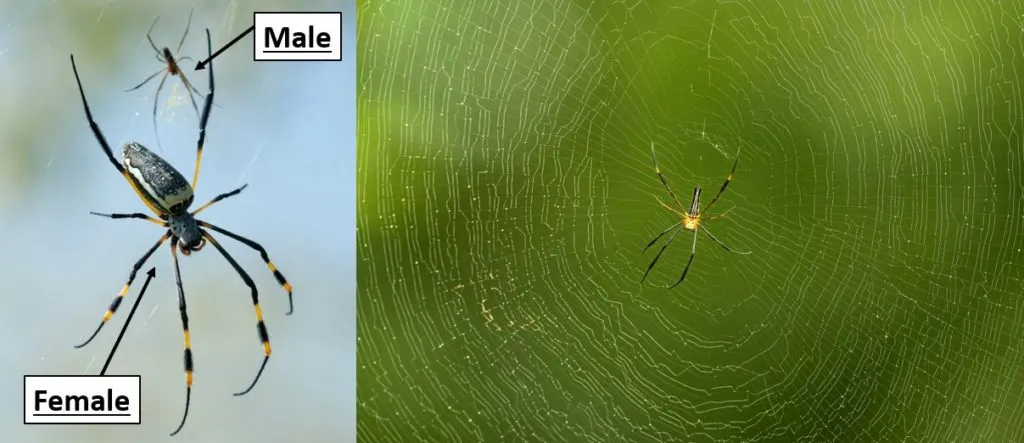
Baboon spiders, belonging to the genus Harpactira, are some of the most commonly encountered tarantulas in South Africa. They are known for their robust build and distinctive appearance, often featuring dark coloration and a covering of dense hairs. These spiders are typically ground-dwelling, constructing burrows in the soil where they spend most of their time. Baboon spiders are a fascinating part of South Africa’s arachnid fauna. Understanding these spiders provides a greater appreciation of the country’s diverse ecosystems. The name “baboon spider” comes from the pads on their feet, which resemble those of a baboon.
Where Baboon Spiders Live
Baboon spiders are found in various habitats across South Africa, including grasslands, savannas, and even semi-arid regions. They are well-adapted to the local climate, with their burrows providing protection from the harsh sun and fluctuating temperatures. They can often be found in areas with sandy or loamy soil, where they can easily construct their underground homes. They prefer areas that provide both shelter and access to prey, ensuring their survival in the wild. These spiders are widespread across the country, making them a familiar sight to those who live and explore the natural landscapes of South Africa.
Characteristics of Baboon Spiders
Baboon spiders are characterized by their large size, ranging from 3 to 6 inches in leg span, and their distinctive coloration, which can vary from dark brown to black. They have a robust build and are covered in dense hairs, which provide both camouflage and sensory input. These spiders are primarily nocturnal, spending the day in their burrows and emerging at night to hunt. They are ambush predators, waiting patiently for prey to come within striking distance. Baboon spiders are also known for their defensive behaviors, including raising their front legs and displaying their fangs when threatened. These fascinating spiders possess a range of adaptations that allow them to thrive in their specific habitats.
The White-legged Baboon Spider (Harpactirella lightfooti)
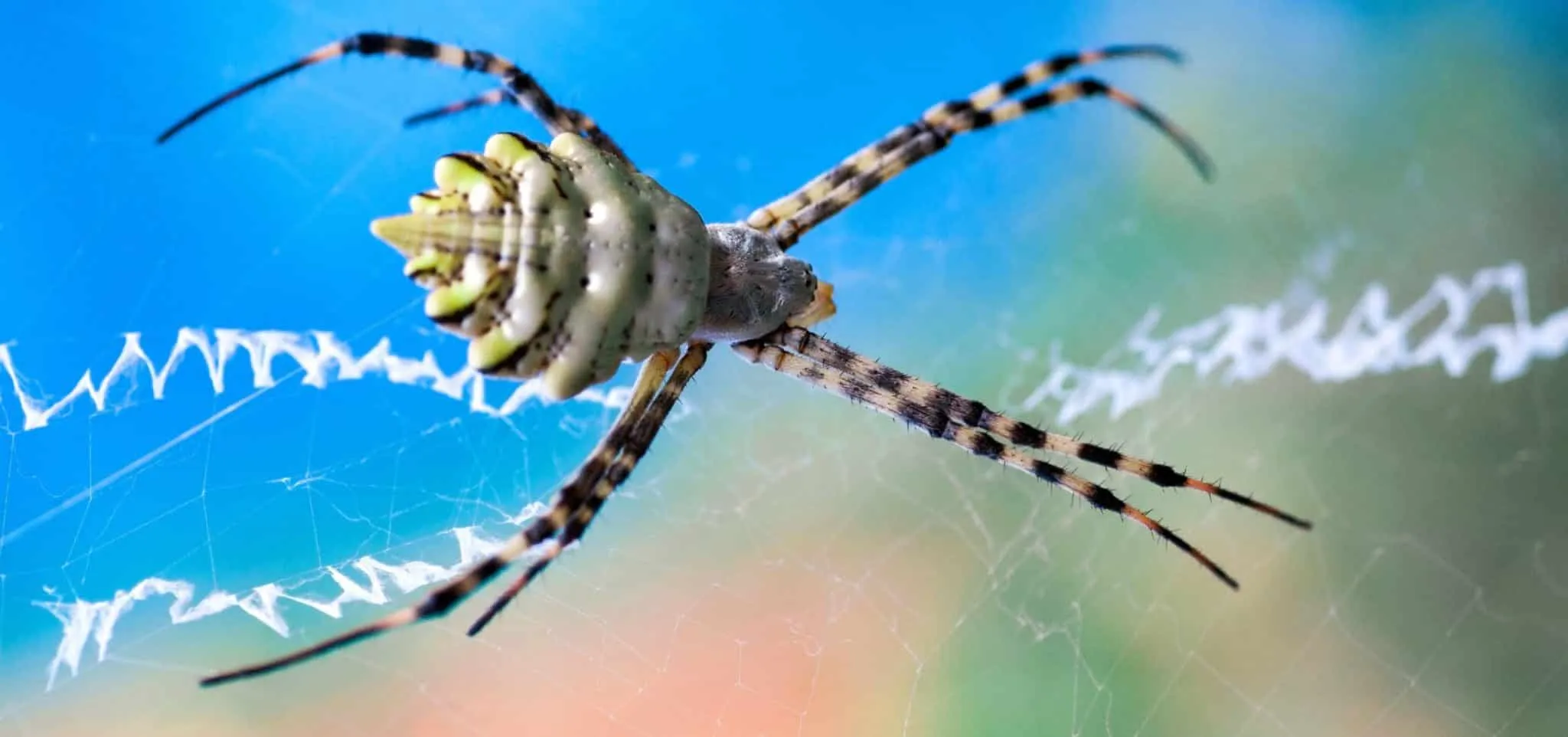
The White-legged Baboon Spider is a unique species found in South Africa, recognizable by its pale legs contrasting with its darker body. It is a relatively smaller tarantula compared to other baboon spiders, making it easy to identify. They are often found in specific regions of South Africa, where they play a role in the local ecosystem. Their size and appearance set them apart from other species, providing an insight into the diversity of South African tarantulas. Their unique characteristics, such as the white legs, make them a distinct and intriguing species.
Habitat of the White-legged Baboon Spider
The White-legged Baboon Spider is typically found in the grasslands and savannas of South Africa. They prefer areas with specific soil conditions, such as those that allow them to construct their burrows with ease. These spiders select habitats that provide suitable conditions, ensuring their survival and access to prey. Their habitat preferences help scientists understand where to find and protect these unique spiders. Understanding their habitat helps in conservation efforts. Their choice of habitat reflects their adaptability to the South African climate and environment.
Appearance and Behavior
The White-legged Baboon Spider, as the name suggests, is distinguished by its white legs, which contrast sharply with its dark body. These spiders are known to be relatively shy, often retreating to their burrows when disturbed. They are nocturnal hunters, waiting for insects and other small invertebrates to come within their reach. Their behavior and appearance help in distinguishing them from other South African tarantulas. These spiders’ behavior is fascinating to observe, showing their adaptations. They are not aggressive, but their defense mechanism is to retreat.
The Transvaal Mustard Tarantula (Pterinochilus leetzi)
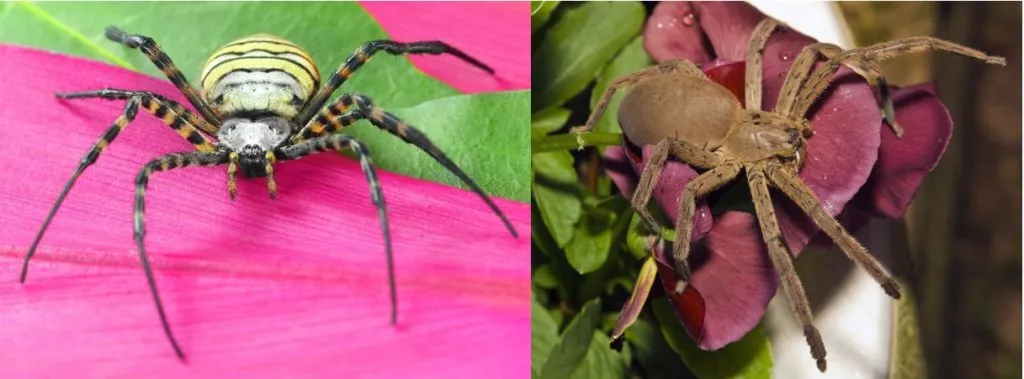
The Transvaal Mustard Tarantula, known for its distinctive mustard-yellow coloration, is another captivating species found in South Africa. This tarantula is recognized for its unique appearance and behaviors, making it a favorite among arachnid enthusiasts. They contribute significantly to the region’s biodiversity. These spiders have become a focal point of interest and research, highlighting their importance within the South African ecosystem. The species is not only aesthetically pleasing but also plays a role in controlling insect populations.
Where to Find the Transvaal Mustard Tarantula
The Transvaal Mustard Tarantula is primarily found in the northern regions of South Africa, specifically in areas with grasslands and open savannas. They prefer warm, dry environments where they can construct their burrows in the soil. The geographical distribution of this tarantula is limited to specific regions, which makes them special. This helps in conservation efforts. Identifying their habitat is crucial for researchers and conservationists to understand their distribution.
Appearance and Behavior of the Transvaal Mustard Tarantula
The Transvaal Mustard Tarantula is recognizable by its striking mustard-yellow coloration, which is contrasted by dark markings on its legs and body. They are known for their defensive behavior, often raising their front legs when threatened. They are primarily nocturnal hunters, actively seeking prey during the night. Their unique appearance and defensive displays make them a distinctive part of South Africa’s tarantula fauna. Understanding the behavior and appearance of this species gives insight into the fascinating world of South African arachnids.
The Elegant Baboon Spider (Ceratogyrus marshalli)
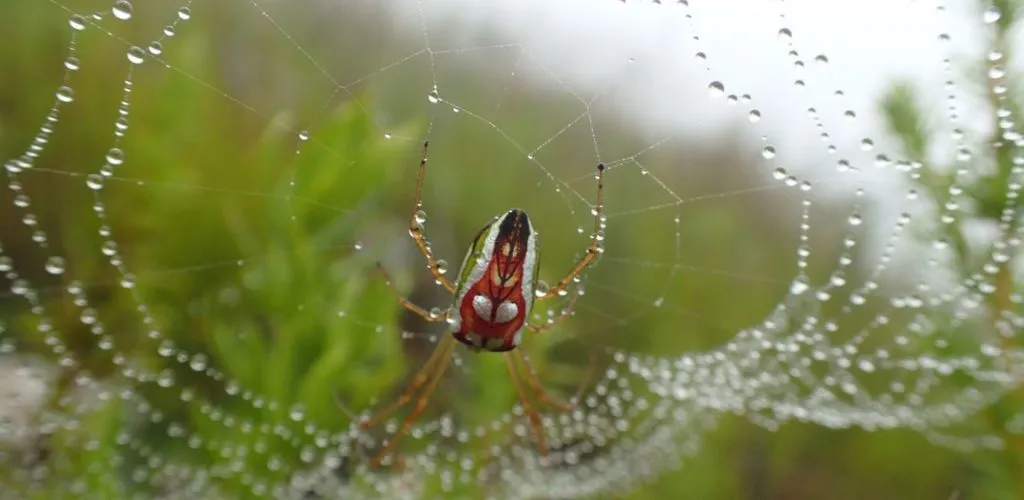
The Elegant Baboon Spider is another notable tarantula species found in South Africa. They are recognized for their exquisite beauty and elegant movements, adding to their appeal among arachnid enthusiasts. Their distinctive appearance and behavior contribute to the rich biodiversity of the South African ecosystem. This tarantula provides a unique window into the world of arachnids. They are often regarded as some of the most beautiful tarantulas.
Habitat and Range
The Elegant Baboon Spider is typically found in the northern and eastern regions of South Africa, as well as parts of neighboring countries. They inhabit dry savannas and grasslands, where they construct burrows in the soil. They are well-adapted to their environments, using their burrows as protection from both predators and the elements. Their range highlights their resilience and ability to thrive in varied conditions. Their ability to adapt contributes to the diversity of the South African arachnid population.
Physical Characteristics
The Elegant Baboon Spider is distinguished by its intricate patterns and coloration, often featuring a combination of browns, blacks, and sometimes even hints of orange or red. Their legs are covered in fine hairs, giving them a velvety appearance. They have a robust build, and their size varies, making them captivating to observe. Their physical features not only aid in camouflage but also play a role in their mating rituals. Their patterns help differentiate them from other species, aiding in identification.
Other Notable South African Tarantulas
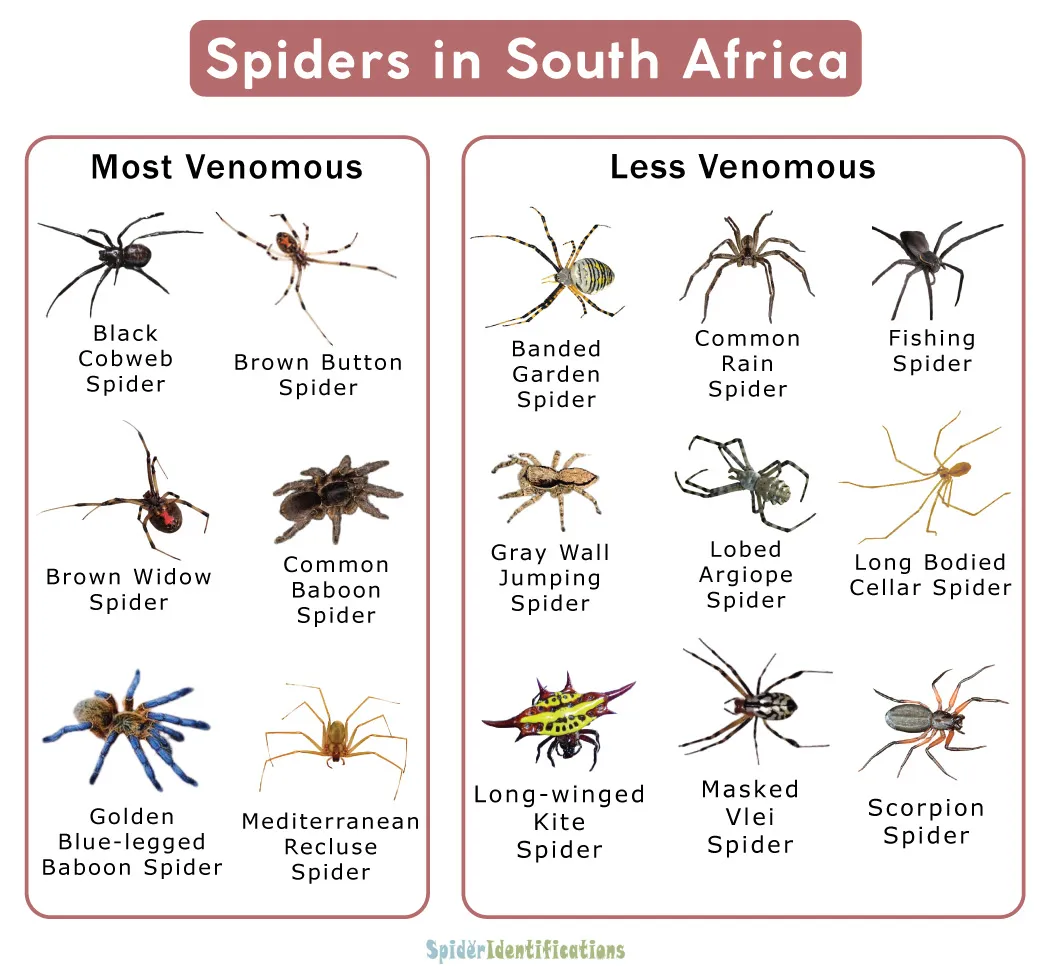
In addition to the species mentioned above, there are several other tarantulas that call South Africa home. These include the Mozambique tiger rump and other Harpactira species. Each species has unique characteristics and plays a vital role in the local ecosystem. Their presence further underscores the biodiversity of the region. These tarantulas add to the ecological richness. They all have interesting behaviors and appearances, making South Africa a focal point for arachnid research.
The Significance of Tarantula Spiders in South African Ecosystems
Tarantula spiders play a crucial role in the ecosystems of South Africa. They are important predators, helping to control the populations of insects and other invertebrates. Their presence helps in the balance of the ecosystem. They are also a food source for other animals, including birds, reptiles, and mammals. Their activities contribute to the nutrient cycling within their habitats. Understanding their role in the food chain is vital. They are integral to the overall health and functionality of South Africa’s natural environments.
Conservation Status and Threats to Tarantula Spiders
Several factors threaten tarantula populations in South Africa, including habitat loss, climate change, and the illegal pet trade. Conservation efforts are crucial to protect these fascinating creatures and ensure their survival. Increased awareness and support from conservation organizations and the public can contribute to their protection. Understanding the threats and the actions that can be taken is important for long-term conservation. Protecting their natural habitats is essential for the preservation of these species.
How to Protect Tarantula Spiders in South Africa
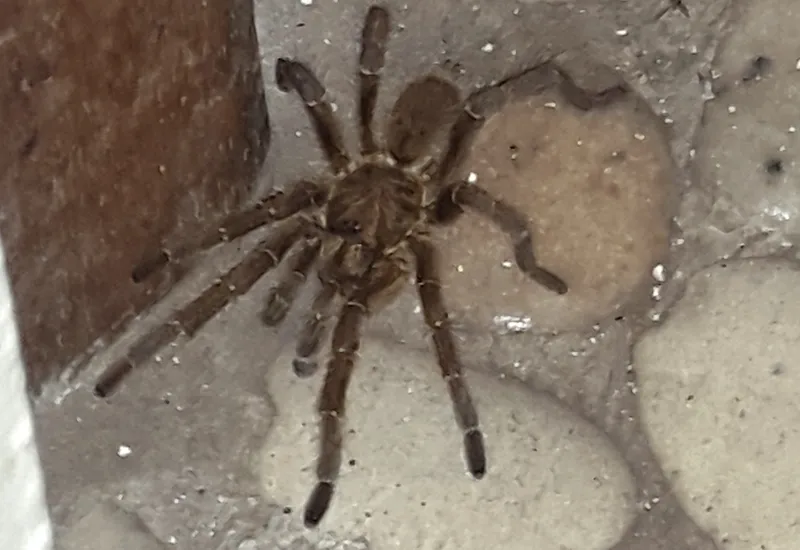
To protect tarantula spiders in South Africa, conservation efforts need to be prioritized. Protecting their habitats from destruction is crucial. Supporting sustainable tourism practices can reduce human impact on their habitats. Educating the public about these spiders and their role in the ecosystem is essential. By supporting conservation organizations and spreading awareness, we can help ensure the long-term survival of these amazing creatures. By taking these actions, the future of these spiders is greatly improved.
